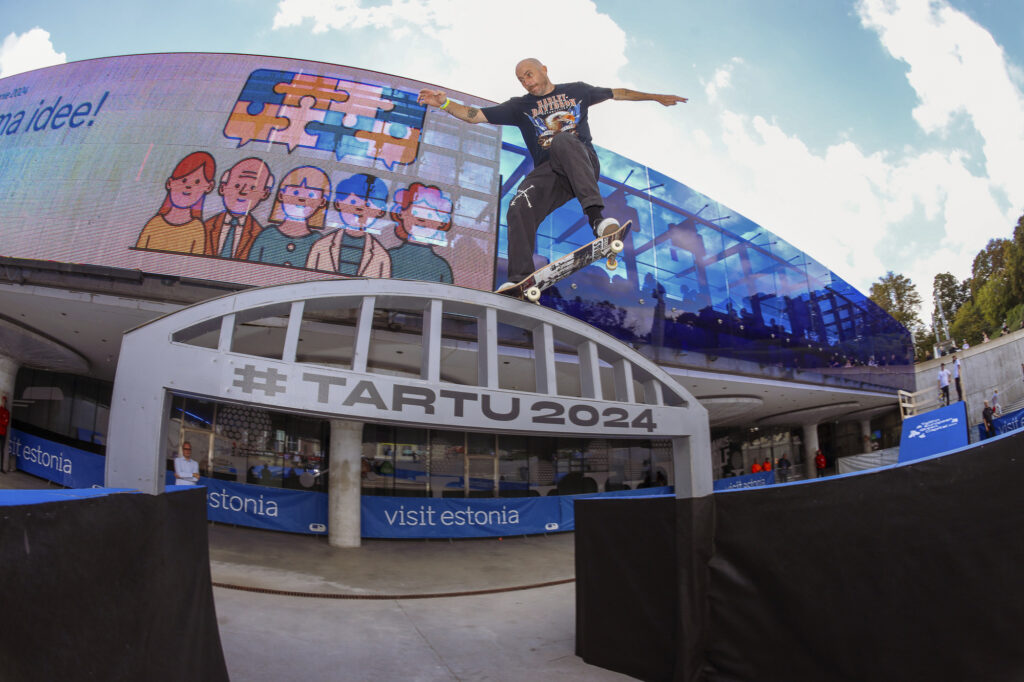With less than three months left until 2024, the journey that started in the spring of 2017 is reaching its crescendo – finally, the European Capital of Culture year in Tartu and Southern Estonia can begin; the road to 2024 has been full of twists and turns, a true testament of the arts of survival.
This article is published in partnership with the European Capital of Culture Tartu 2024 programme.
Some may recall that Tallinn was chosen as the country’s first European Capital of Culture for the 2011 calendar year. Tartu, the second-largest town in Estonia, came in second. While this outcome was a disappointment to some, in hindsight it was not that surprising.
“It was the first time for the country to hold the European Capital of Culture title competition. Previously in Lithuania and around the same time in Latvia, the capital won,” Erni Kask, who led the candidacy team and now is the Tartu 2024 international relations manager, said.
Still, observers agreed that Tartu’s bid was strong and lessons were learned. When the chance to reapply presented itself, the local government decided to do so.
“I believe the first attempt left the people in Tartu and Southern Estonia with a hunger and ambition to do something unprecedented and that is why we took this journey on again,” Kalle Paas, the former head of the Tartu 2024 communication and marketing division and a member of the candidacy team, noted.
The title is not given for what the city is – it is given for what the city wants to be. Tartu wanted the European Capital of Culture to be a catalyst for positive, forward-looking changes.
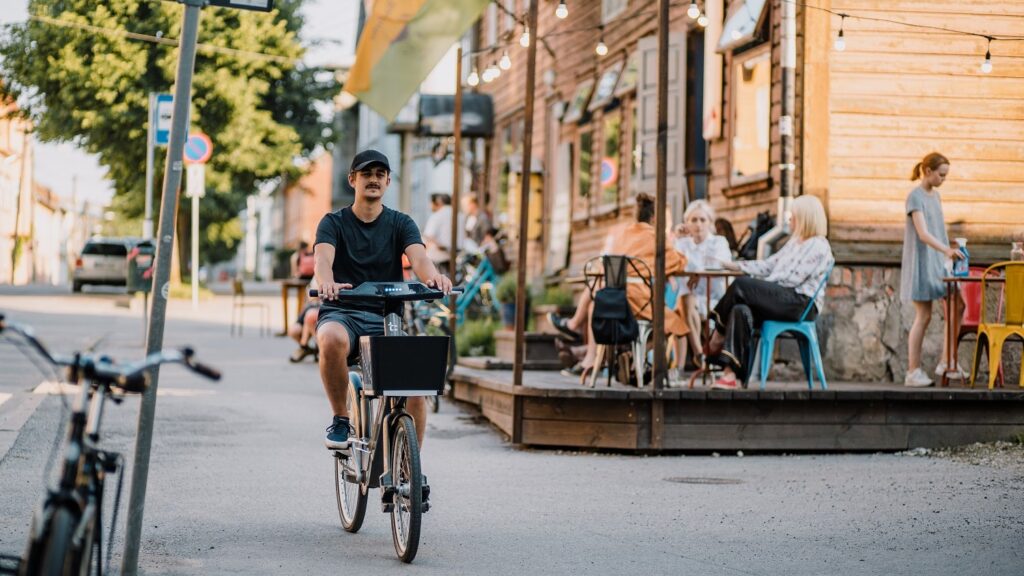
According to Paas, the European Capital of Culture is the biggest challenge that a region of this size can execute well. “We will never host the Olympic Games – they are at least 50 times more expensive than any European Capital of Culture. But this initiative is something we can do with high quality.”
A thousand seats at the table
Even so, eager enthusiasm is not enough. The Tartu City Government’s decision to run again set off the process of putting together an official bid. The next step for this was to go from the political level down to the grassroots.
“This meant involving and including different key groups in the city, organising events and roundtables,” Kask explained.
What the local government thinks of the current situation in the city may not be the same as the perspective of artists or cultural managers. In total, over 1,000 people gave their contributions, big and small, to the process.
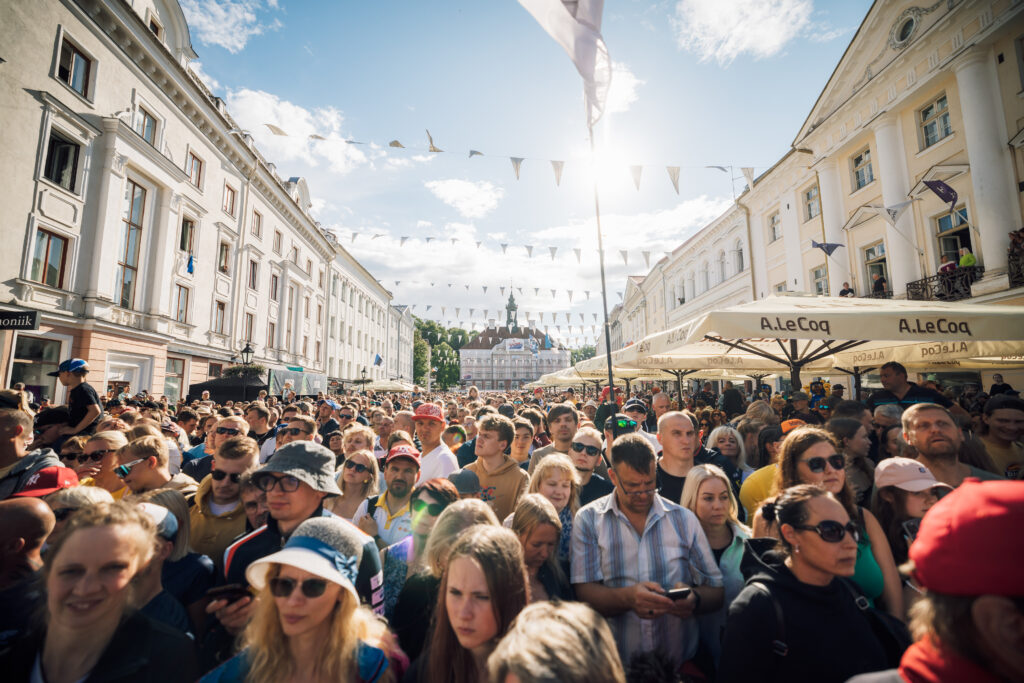
Another key decision was to invite Southern Estonian municipalities to join the bid.
“We quickly understood that it was practical to join forces with our surrounding municipalities. Our team met with heads of local governments in 2018, they listened to us and agreed to jump on board. Now our area covers a quarter of Estonia, about 250,000 people. This is enough to be visible on the European level – without the region, we would be very small,” Paas noted.
With important partners around the table, the candidacy team began to shape the first ideas into projects that would make up the upcoming title year programme. Out of hundreds of ideas, 33 made it into the final bid book – a proposal that indicates what you want to do as a European Capital of Culture and how you are going to do it.
“We had many fun ideas! As soon as you start your candidacy, many foreign experts want to help you out. One of them came to visit Tartu and we drove through the town with him. At the end of his tour, he asked about the fountain in our town square, and I told him the story of the kissing students. He responded that we should do something inspired by it,” Kask reminisced.

The project Kissing Tartu, born out of this encounter, will bring an educational programme, concert performance and record-breaking mass kissing session to Tartu next year.
A prophetic vision for the future
Every European Capital of Culture has a theme, an artistic concept that guides the programme creation and communication activities. For Tartu 2024, it is “The Arts of Survival”.
Finding the “best” leitmotif was difficult, Erni Kask said. “We noted down our challenges; yet couldn’t find the right wording. We had a very good competitor in Narva (Estonia’s third largest town, on the country’s border with Russia, that was also a candidate to bear the “capital of culture” title – editor) that had a very strong slogan, “Narva is next”. Then, on one winter night, I received an email from Berk Vaher (a Tartu-based writer – editor), where he put forth the idea of the Arts of Survival. The rest is history.”
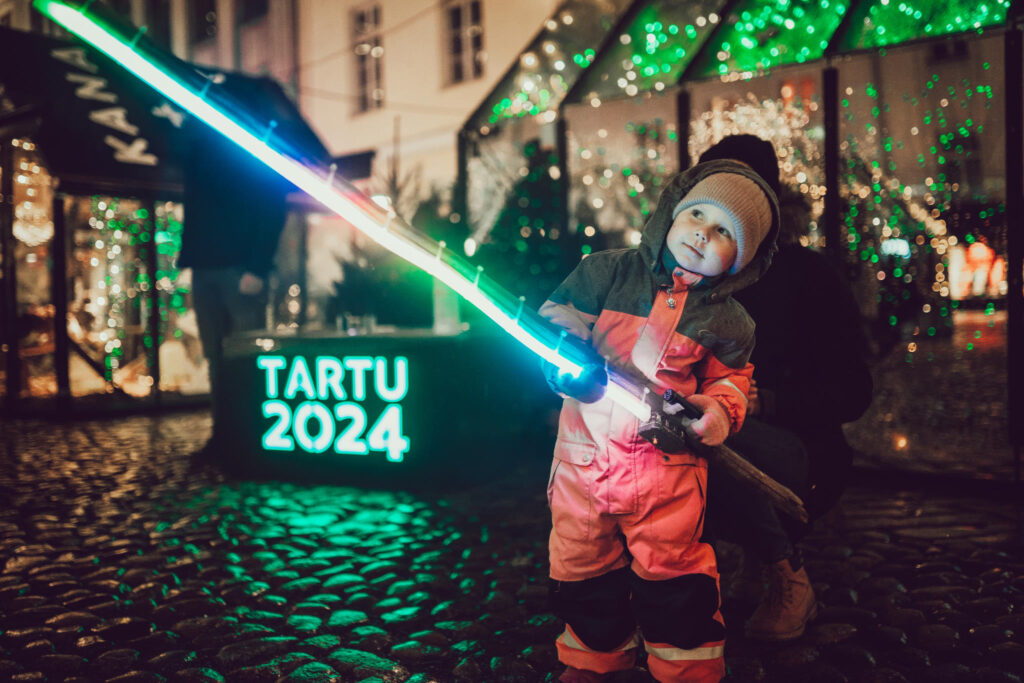
Initially, the theme emerged from common small-town worries like inaccessibility and diminishing population. Another aspect was climate change and its impact on the area.
Even before joining the team, the Tartu 2024 artistic director, Kati Torp, felt that the concept resonated deeply with her interests. “I had just curated an exhibition in France that tackled climate topics. I was positively surprised that Tartu 2024 decided to handle this topic and thanks to that, it was easy to make a connection with the concept on a personal level.”
In time, the Arts of Survival morphed into something new and rather prophetic. Today it may seem that the COVID-19 pandemic is firmly in the past, yet the first days of the crisis were crushing. The Arts of Survival became survival of the arts; cultural managers had to find ways to overcome budget cuts, closures and keep the artistic process going.
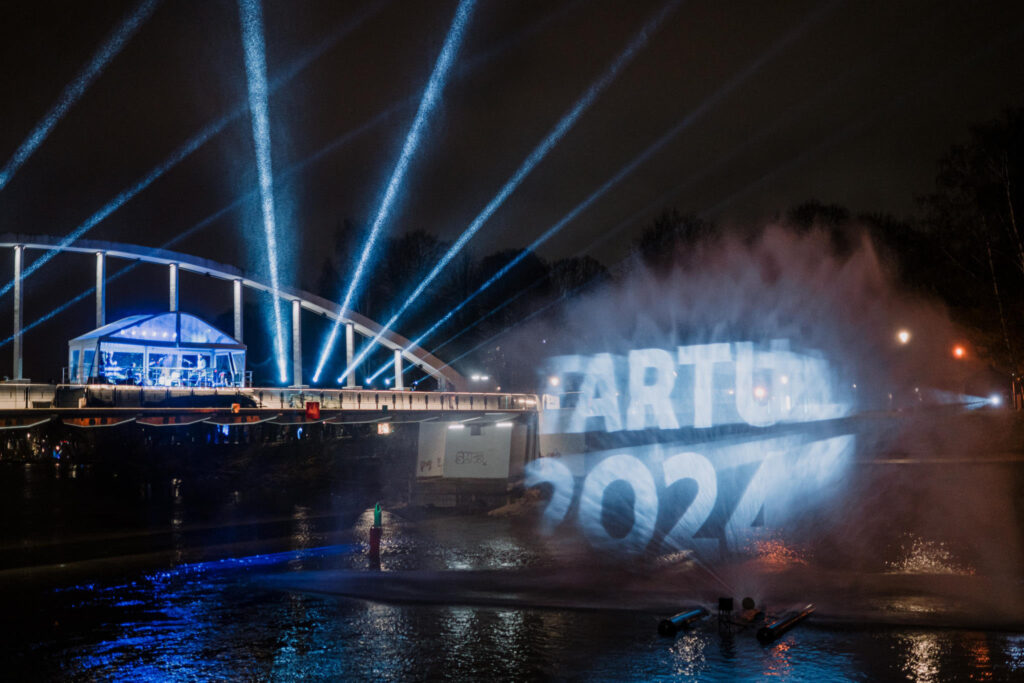
Having barely scraped out of the pandemic, a new crisis shocked the entire continent. “It did not take long until we were faced with the Russian war of aggression against Ukraine. This made us think of the Arts of Survival in its most fundamental narrative,” Torp said.
Nevertheless, it is not all doom and gloom in Tartu and Southern Estonia, as focus is on survival not extinction, on finding solutions and striving for a better future. The concept is open for interpretation and even playful jokes, as showcased by Tartu’s street artists.
“When the jury responsible for selecting the European Capitals of Culture visited us before making their decision, we asked Tartu’s street artists to make graffiti with the words ‘the Arts of Survival’. And they did! But the next day, they went back to the scene and added a big ‘F’ before ‘arts’. Hats off to them – this brough much needed playfulness and a dash of irony to our concept,” Kalle Paas noted.

Onwards to the future
With the momentous bidding process successfully over, the team started ironing out the details of the first projects and adding additional layers to the programme under the leadership of the newly appointed artistic director.
“I couldn’t shape the first projects making up the core of the programme; however, I could accept them and build the next layers surrounding them,” Kati Torp said.
To usher in a positive change in the region and boost local cultural organisers’ skills in finding international partners or additional resources, the team chose to seek new projects through open application rounds. They first targeted Southern Estonian cultural operators and sought events in the 19 municipalities that make up the Tartu 2024 region.
Events like the Pagan Folklore Night, a mystical combination of folklore, dance and music at the Kubija Song Festival Grounds, and Crowing Linda, a revival of the legendary community centre of the Linda collective farms’ long table parties, joined the programme this way.
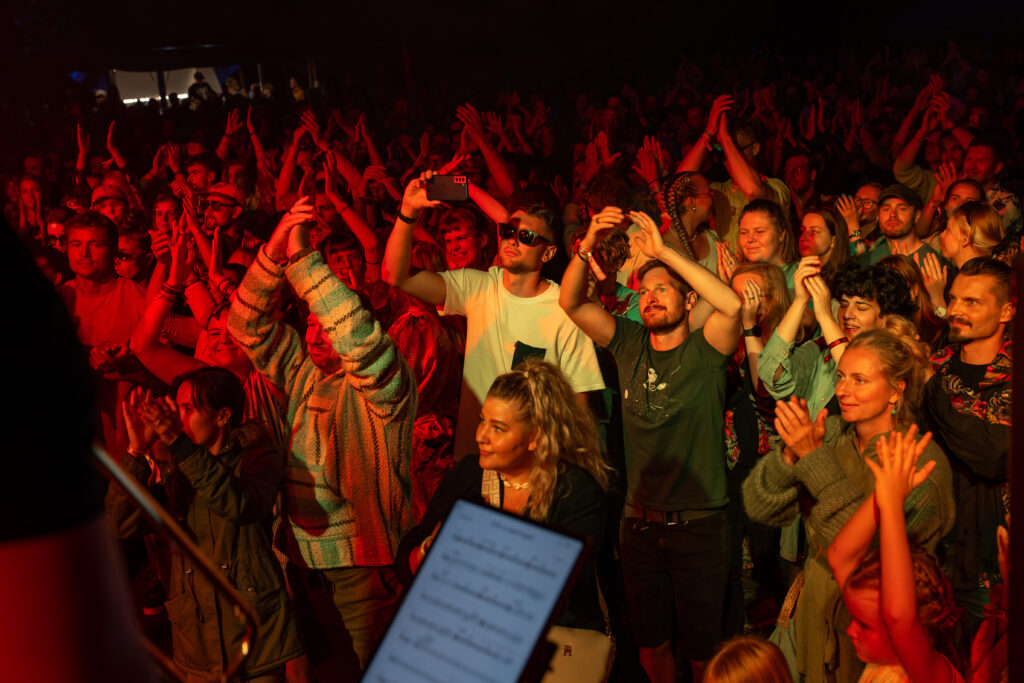
Secondly, an international call was made for projects taking place in Tartu, which brought a truly cosmopolitan result, with applications from over 20 countries. For example, the International NAKS Festival 2024 will showcase the newest theatre plays for children and the youth, while Simple Session 2024 will bring the famous extreme sports event back home.
Finally, the team focused on small grassroots projects. “Our last call for projects was a real jackpot – we added so many new initiatives to our programme from various communities that were not present before,” Torp said.
These new initiatives include a gallery for newborns, drag performances and the Ukrainian Anti-Camouflage net project carried out by the Ukrainian community in Tartu and Southern Estonia.
While the majority of the programme is devised by local cultural managers and organisations, the Tartu 2024 Foundation organises the grand opening and closing ceremonies and a large summer celebration. Moreover, cooperation productions will be carried out together with key institutions and people in Southern Estonia.

The over five-year long journey is reaching the finish line. Soon, all eyes will be on Tartu and Southern Estonia and the lovingly curated programme full of authentic and unique experiences. The entire European Capital of Culture Tartu 2024 programme will become public on 19 October, yet a few surprises are still kept for a later date. Next year, visitors from Estonia and abroad can enjoy over 1,000 events in Tartu and Southern Estonia.
“People often laugh that Southern Estonians are slow and, while it is true that we love to take our time and it took us over five years to prepare the programme, we are now ready to unleash it upon the world,” Kati Torp said.
European Capital of Culture Tartu 2024 reveals the entire title year programme on 19 October 2023. Find out more about the events and experiences Tartu and Southern Estonia offers: tartu2024.ee

